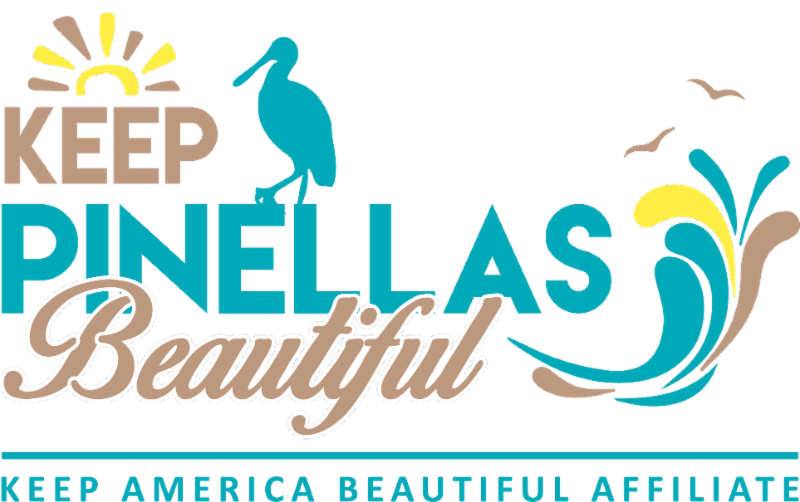Microplastics 101
At KPB, we care a lot about reducing and abating litter, most of which is made of plastic. We work hard on waste reduction and litter prevention because once that waste is in our oceans it becomes far more difficult to deal with. One reason ocean plastic is especially dangerous is the way it breaks down into tiny pieces called microplastics.
The “Decomposition” of Plastic
When you think of items breaking down in the environment, you might picture food waste or plant material slowly decomposing into its component parts and providing food for bugs, worms, and bacteria. Plastic in the environment doesn’t react like that. Current scientific research indicates that plastic will never fully decompose; instead, plastic will keep breaking down into smaller and smaller pieces called microplastics.
Plastics degrade due to wind, water, and sunlight, and though many organisms (including plankton!) eat it, almost no organisms can digest it. For an item to truly break down, something else has to eat and digest it, otherwise it gets absorbed into the organism’s body and bioaccumulates up the food chain. (Reports of a bacteria that can eat plastic started cropping up recently, but the scientific community has to do a lot more research before anyone will know whether this bacteria can make a significant impact on the microplastics problem.)
The Microplastics Journey
What’s the big deal if plastic degrades into microscopic pieces we can’t see? The science is still very new, so we don’t know the extent of how microplastics may interact with the human body or the environment in the long-term. What we do know is startling: microplastics are easy for marine wildlife to ingest, and once ingested they can cause a host of health problems, including slowed offspring development, survivability problems, reproductive issues, tumor growth, and death.
If you eat seafood, there’s a good chance you’ve eaten microplastics without knowing it because of how they accumulate in the food web. Staying away from seafood isn’t enough; tap water, bottled water, and even beer have been documented to contain microplastics. Plastic itself contains harmful chemicals, but plastic is also capable of absorbing other harmful chemicals from the surrounding water. Again, the science is very new, and the effects on human health are largely unknown. This isn’t meant to alarm you, but it is meant to make you think.
The Next Steps
The first step is to stop debris from washing into our oceans. Every time you refuse a single-use item or choose to recycle something instead of throwing it away, you’re preventing those items from becoming microplastics. Because microplastics are so difficult to deal with, the solution starts with not allowing debris to reach our waterways in the first place.
Engaging in marine and watershed debris removal is another important step. When you participate in a KPB cleanup event you’re helping the county remain beautiful, protecting wildlife from large pieces of debris, and removing plastic before it can reach the open ocean and break down into microplastics. If you’d like to make a difference in your daily life, sign our Plastic-Free Pledge.
The microplastics topic is extensive and we’ve only scratched the surface in this post. Come back soon to learn more about KPB’s new microplastics program and how you can get involved as a citizen scientist!

